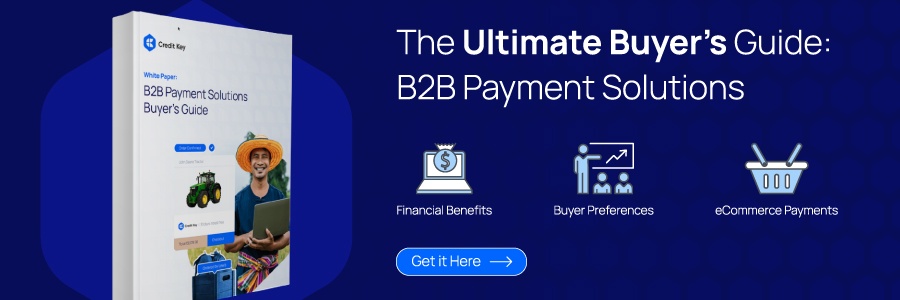We recently discussed how mass personalization is a key driver for today’s e-commerce businesses. Basically, firms who can understand and deliver on each individual customer’s needs are going to out-perform those who don’t. Accomplishing this often requires an investment in time, energy, and sometimes resources, but the rewards can be significant both in terms of revenues, wallet share, and even market share.
But what exactly goes into creating a personalized experience? Is it simply putting your customers’ names on promo emails? Is it delivering personalized messages to them when they log into your site? Is it something else? The quick answer is yes, but let’s take a closer look at a few key elements that will help you offer a more personalized experience that will differentiate you from your competitors.
Solid Data = More Personalization Opportunities
The number one rule of marketing is and has always been know your audience. But in the age of one-to-one digital relationships with customers, it can be a huge challenge for a business to know each and every customer in a way that’s meaningful and will yield results.
That’s where data comes in, and luckily, e-commerce businesses are swimming in data. That includes everything related to your customers—their transaction history, buying patterns, etc. Investing in collecting and analyzing this data can help you uncover more discreet customer segments and deliver marketing messages to them based on their own actions and behaviors. For example, one segment might respond well to emails offering a discount, but only after the 15th of every month. Another segment might respond better to free shipping offers on orders over a certain amount, but only every other month. Whatever those segments are, uncovering and testing them can only come from your data.
Across the Board Consistency
We live in an age where customers can interface with a business through many different channels. Whether it’s on your website, on social media, over the phone, or in person with sales reps, today’s customers expect to have consistent experience no matter how they’re communicating.
That means that each engagement point with your business must be planned and managed uniformly. You can’t have one policy on your website and another one being applied through customer service. Pricing generally needs to be consistent, at least in public-facing materials (sales people should have the flexibility to negotiate discounts, of course). Messaging across channels also needs to be consistent.
Now, you might be wondering how consistency contributes to personalization? Isn’t rigid uniformity the opposite? Not exactly. Customers are dynamic, as are the contexts in which they interact with a business. Consistency allows you to deliver your brand promises while also meeting each customer’s specific needs.
Self-Service Is Essential
One of the great things about e-commerce technology is that it empowers customers to get all the information they need, make purchases, and obtain service without having to directly interact with a person. Over time, self-service options have proven to be far more efficient for both the customer and the business.
That’s partially where instant credit comes in. By integrating instant credit into your checkout process, customers can decide for themselves how much they might want to borrow and what payment terms are acceptable. And by empowering customers, you enable them to choose the terms of the financial relationship they want to have with your business, rather than you strictly dictating the terms and telling the customer to take it or leave it.
If you’d like to learn more about how instant credit and Credit Key can help you deliver a more personalized customer experience, contact us. We’re happy to show you all the possibilities than integrating our instant credit solution can offer.
